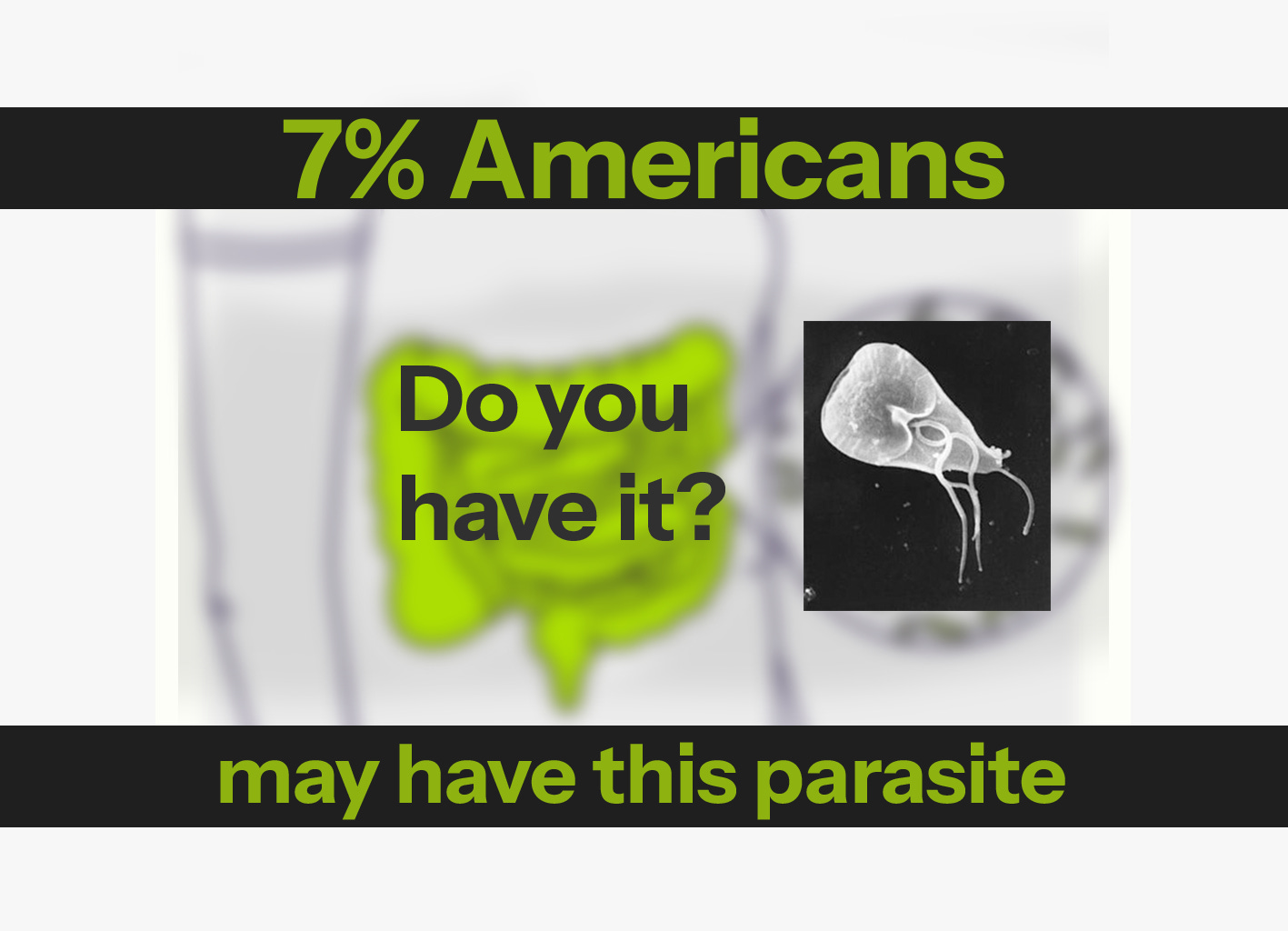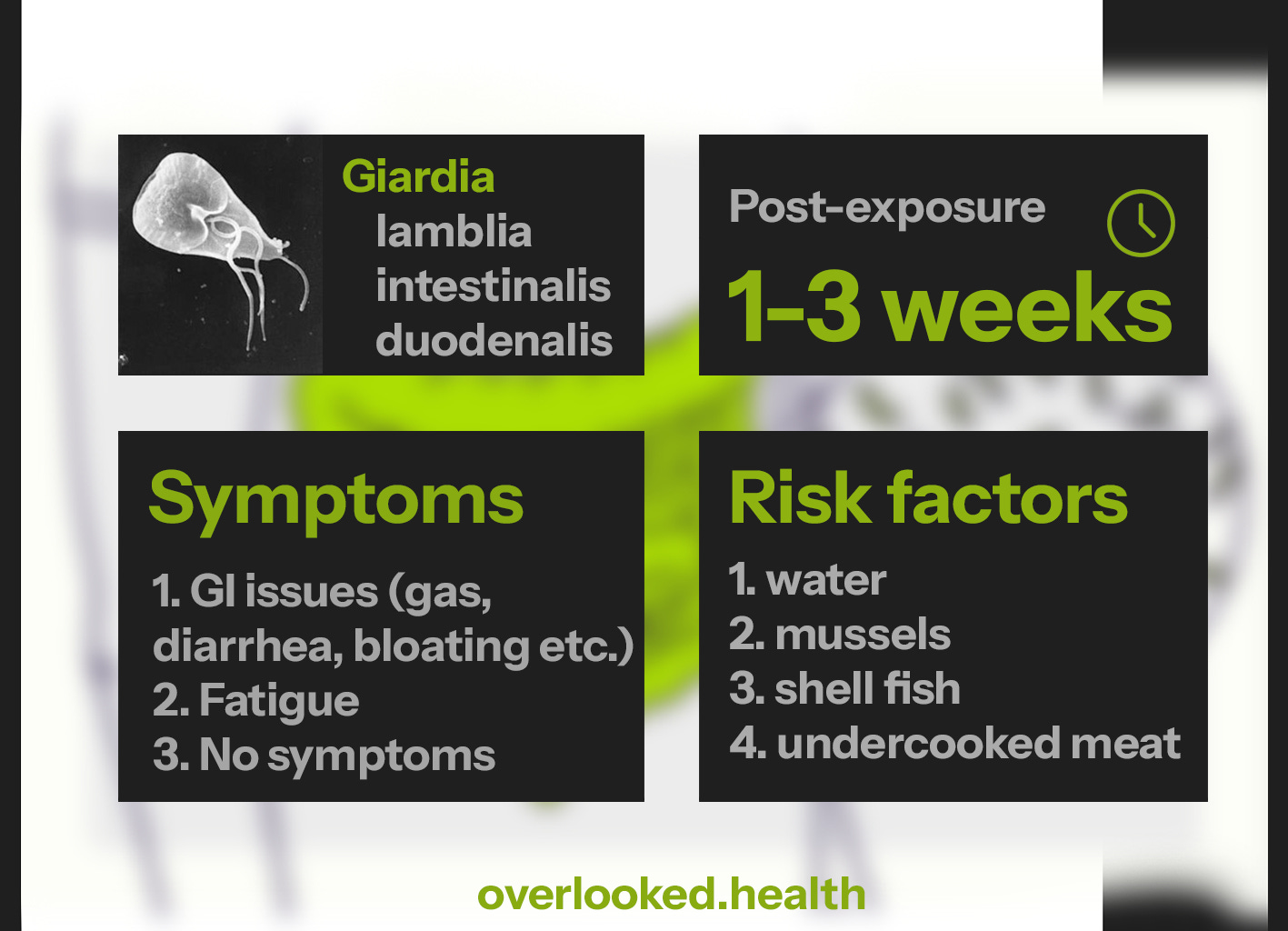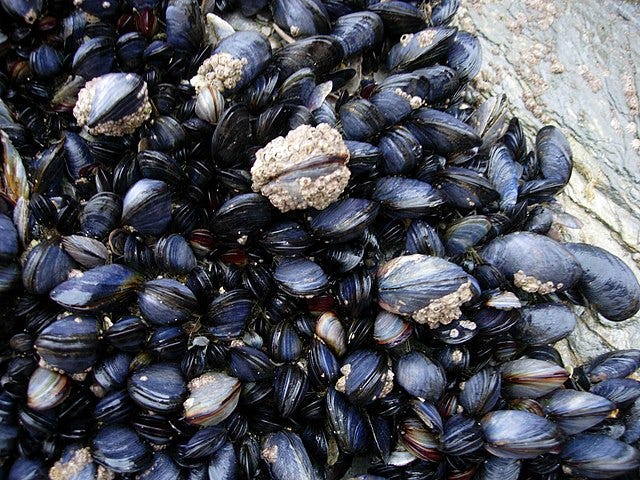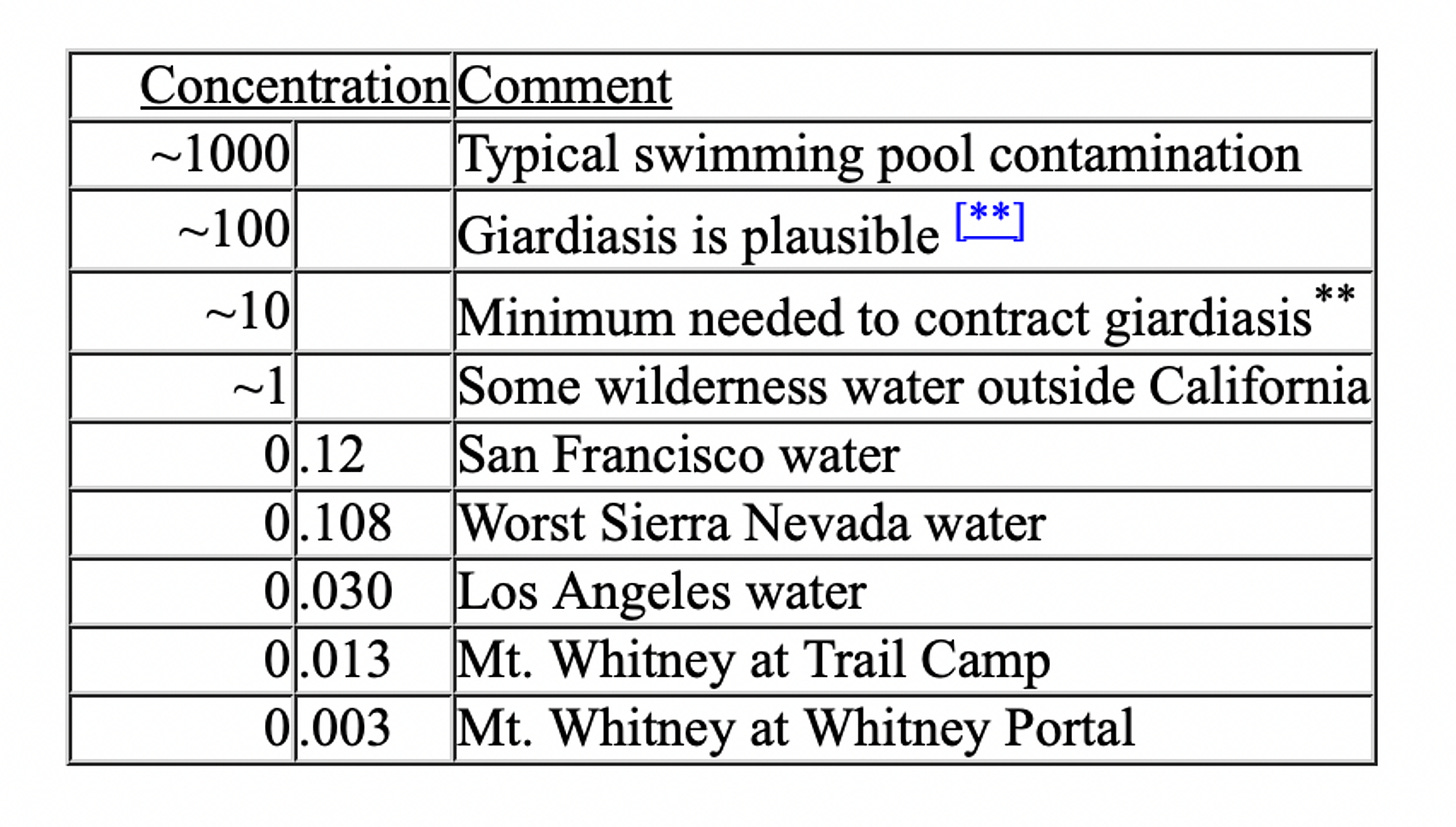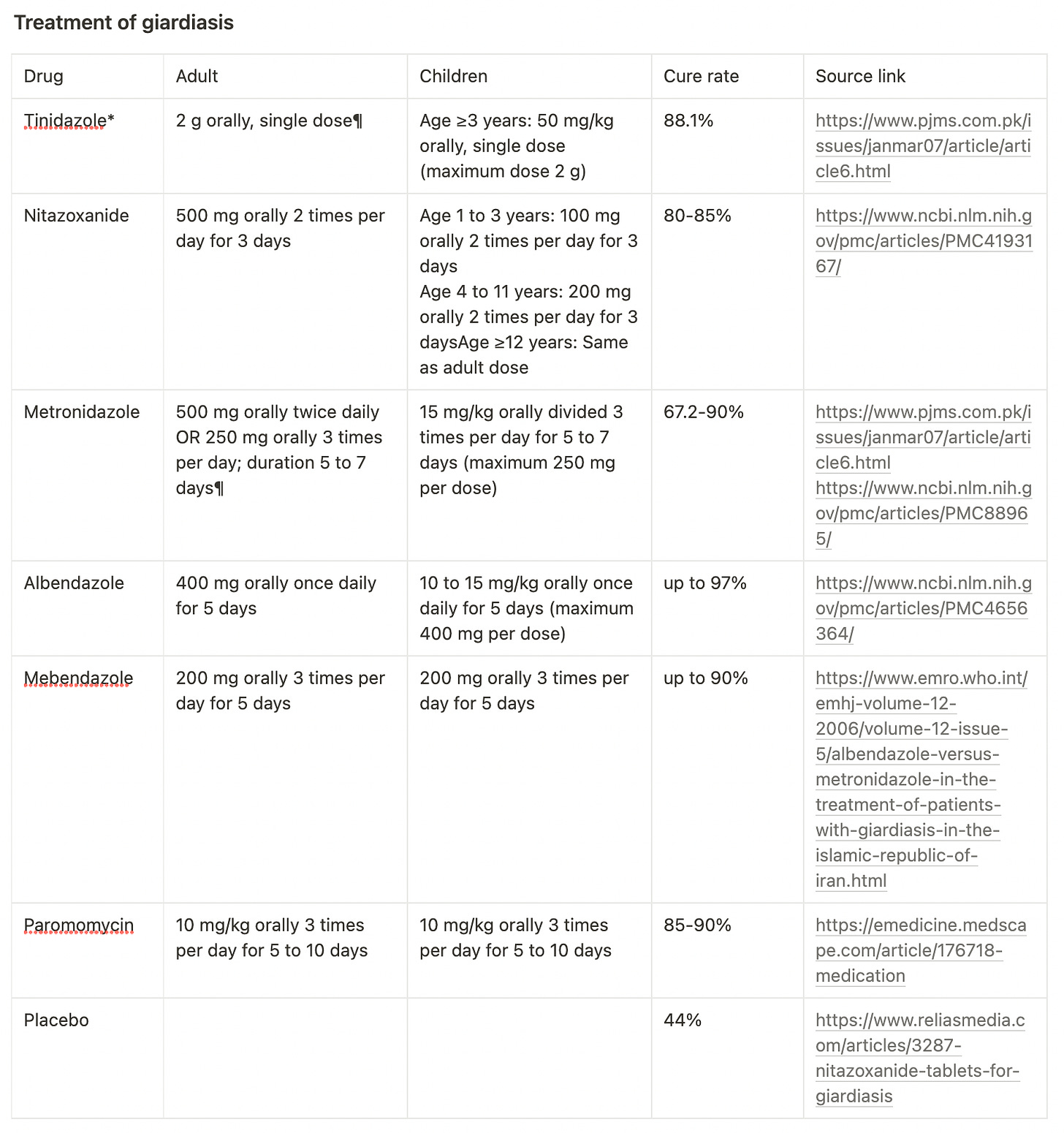Living Unseen: The Unnoticed Parasite Among Us, Giardia
Imagine if you were told that you may be hosting a minuscule parasite, but you might never experience any of its classical signs. However, this situation is a reality for up to 7% Americans
Parasites, those elusive entities, live among us, often unnoticed, undiagnosed, and ignored. One such organism is the microscopic parasite Giardia. It's an unwanted guest that turns our intestines into its home, causing a condition known as giardiasis. This infection is not isolated to a single geographical location but rather spans the globe, finding a foothold in areas with poor sanitation and unsafe water conditions source.
In North America, Giardia lamblia reigns as the most commonly diagnosed intestinal parasite and the leading cause of diarrheal outbreaks linked with drinking water source. A staggering 20 percent of the world's population is infected with this parasite, including up to 7 percent of Americans. However, most are oblivious to this invasion because of a lack of symptoms source.
Recognizing the Unseen Foe
The lack of symptoms in some individuals does not diminish the parasite's potential for harm. Those who do experience symptoms may endure:
Watery, sometimes foul-smelling diarrhea
Stomach cramps and bloating
Gas
Nausea
Fatigue
Weight loss
Symptoms typically surface one to three weeks post-exposure source. So you will not ever connect this with your “food poisoning” and probably it may last for a long time in your body.
The Silent Spread Through Food and Water
Undercooked pork, lamb, or wild game can carry the giardiasis-causing parasite, becoming a common source of infection 1. Additionally, contaminated fruits, vegetables, and even seafood like mussels and oysters have the potential to harbor Giardia [source, source, source].
For example, Giardia cysts were detected in 77 out of 184 mussel samples (41.8%) (source)
Water, our essential life-source, can also be a carrier of this unwanted invader. As shown in the image below, Giardia cysts can be present in tap water, freshwater, wells, and even bottled water.
Source: https://ultrunr.com/giardia.html
To make water safe from Giardia, it should be brought to a rolling boil for several minutes, with increased durations at high altitudes source, source2.
Battling the Invasion
Once an individual suspects giardiasis, it's crucial to consult a doctor. Diagnosis is typically confirmed through stool samples.
In scientific articles there are lot of mentions of different drugs, as well as rising resistance to some of them.
Treating giardiasis effectively can be tricky, with some drugs like metronidazole associated with significant failure rates source. However, several other medications have shown promise in evicting our parasitic invaders, as shown in the table below.
Source links: Tinidazole, Nitazoxanide, Metronidazole, Albendazole, Mebendazole, Paromomycin, Placebo
Please note, that there are additional information in each of article concerning use. Always consult your doctor first. Original source of this table (modified by adding cure rates and sources).
In other studies, Albendazole emerged as a particularly effective treatment, curing up to 95% of infections when administered daily at 400 mg for five days source, source.
Conclusion
The stealthy parasite, Giardia, may be living among us more prevalently than we realize. Its invisible presence in our food and water supply poses a significant public health concern. However, through awareness, preventive measures, and effective treatment, we can combat this unwanted tenant and reclaim our health.
Disclaimer: Please note that the information provided in this article is intended for informational purposes only and should not be used as a substitute for professional medical advice, diagnosis, or treatment. Always seek the advice of your physician or other qualified health provider with any questions you may have regarding a medical condition. Never disregard professional medical advice or delay in seeking it because of something you have read in this article.




